Subscribe to the Woodland Trust newsletter
Get our latest news, campaigns and competitions direct to your inbox.
Sign up now
Conservation evidence officer
Species reintroductions are becoming increasingly important in restoring lost parts of an ecosystem. The latest edition of Wood Wise, our tree and woodland conservation magazine, covers the issues, considerations and opportunities associated with species reintroductions. Tree and woodland-associated species stand as some amazing examples of what can be achieved.
After becoming extinct in Britain in the 16th century, beavers are back once more! Official reintroduction projects are already well underway in Scotland and England. In addition, Wildlife Trust Wales is making an application to release beavers into a small catchment in Wales. Natural spread is now occurring and beavers are thriving in the wild.
However, the path to reintroducing the first extinct mammal to Britain has not been an easy one. Obstacles have included a strict licensing system and some tough opposition from those affected by the beaver’s engineering expertise. But the wealth of benefits for people, wildlife and the environment is already evident in beaver trials. Read Wood Wise for more on finding ways for us to co-exist again.
Hazel dormice have been pushed to extinction in 17 English counties. Many factors have contributed to this alarming decline, including:
Maintaining appropriate habitats to support the species is often key to successful reintroductions. Interestingly, it’s usually also the case that wider species benefit as a result.
The People’s Trust for Endangered Species is celebrating 25 years of dormice reintroductions. The latest Wood Wise outlines the successes and setbacks of this fantastic work.
Pine martens are another native UK mammal driven to near extinction by people, this time largely due to persecution. Pine martens are a mesopredator – a mid-ranking predator that preys on smaller animals like rodents and birds. Inevitably, this has led to conflict with gamekeepers, who historically ‘controlled’ pine marten numbers – so much so that by 1900 they were limited to just a few upland areas across Britain.
Thankfully, they are now protected by law. In 2015, the Vincent Wildlife Trust began the Pine Marten Recovery Project to re-establish a healthy population in Wales. With support from the Woodland Trust, researchers are now studying:
This edition of Wood Wise also features a look at the feasibility of reintroducing wildcats to England and Wales, where they are currently absent. Lots of considerations are necessary before this should (or could) go ahead, including:
Wood Wise contributor, Peter Cooper, says many locations could provide viable habitat for reintroducing this animal on the cusp of no-return in England and Wales.
Reintroductions aren’t always restricted to areas where species have been lost completely. Sometimes populations get so low that they need reinforcing. Chester Zoo has been undertaking species reinforcements of some rare native trees. For example, the UK’s surviving black poplar trees are over-mature and in decline. A planting strategy is essential to ensure a mixed age population for the future.
Another tree, the Llangollen whitebeam, is endemic to Britain and found only on limestone crags in Denbighshire and in a quarry in Shropshire. Although planting more trees in the wild has been deemed unnecessary for this population, seeds are being collected and stored at the Kew’s Millennium Seed Bank.
Read the full articles, plus more on species reintroductions and the importance of biosecurity, in the latest issue of Wood Wise.
Get our latest news, campaigns and competitions direct to your inbox.
Sign up now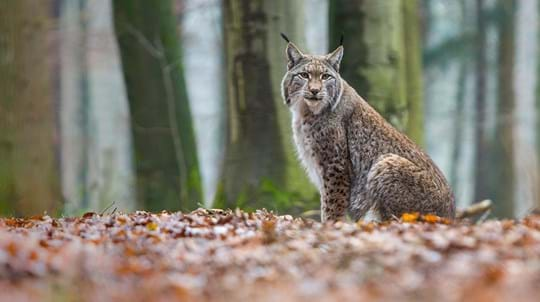
Blog
Sally Bavin • 12 Aug 2020
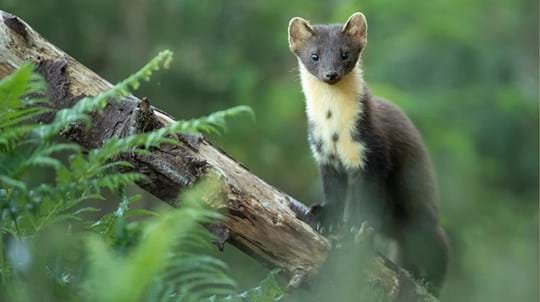
Blog
Hannah Vickers • 15 Apr 2019
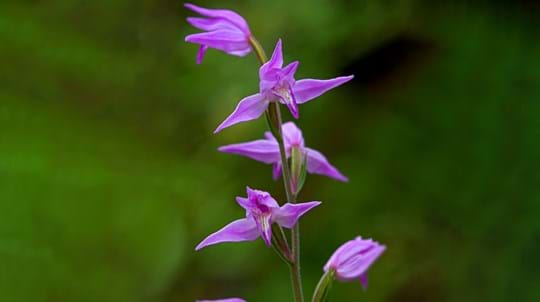
Blog
Laura Cottam • 25 May 2018
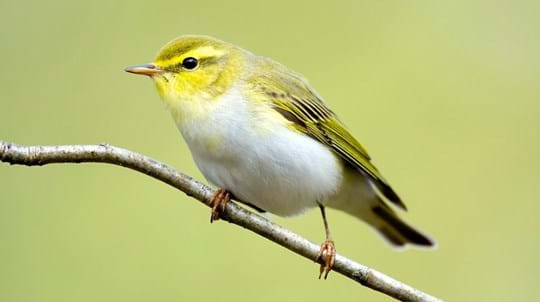
Blog
Charlotte Varela • 10 Apr 2019
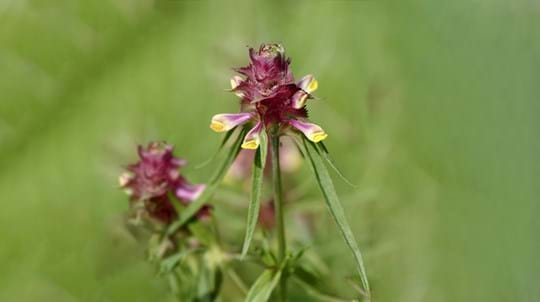
Blog
Amy Lewis • 26 Jan 2018